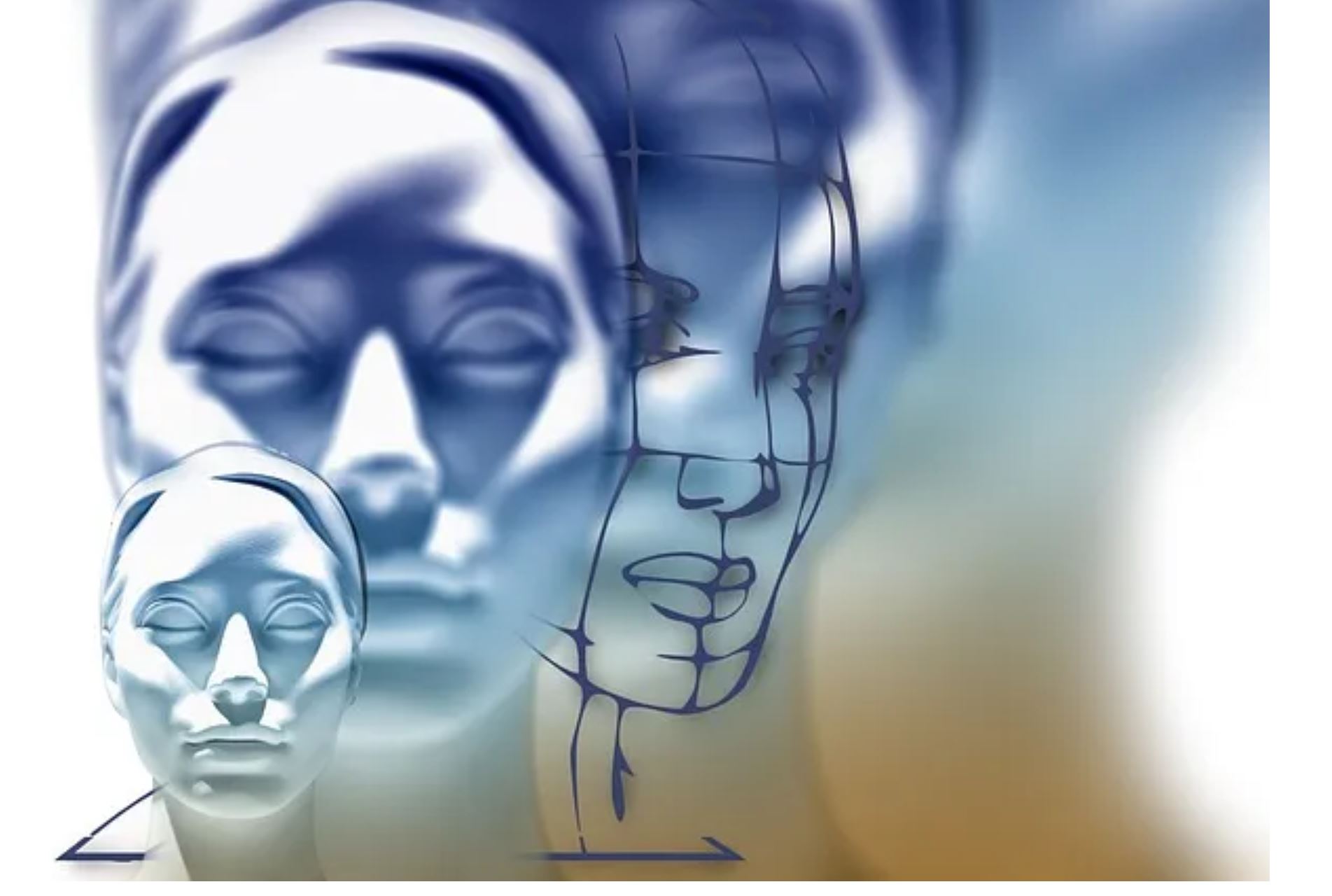
In the context of therapy, “parts” refers to different aspects or sub-personalities of an individual’s personality.
Parts theory suggests that each person has multiple parts that represent different aspects of their personality, such as their beliefs, emotions, behaviors, and memories. These parts can be conflicting, leading to inner conflict and difficulty making decisions or feeling a sense of identity.
For example, a person may have a part that is highly critical of themselves, while another part may feel powerless and inadequate. These conflicting parts can cause distress and interfere with the person’s ability to function in daily life.
Therapists who use a parts-based approach may use techniques such as Internal Family Systems (IFS) therapy or Voice Dialogue to help the individual identify and understand their different parts, and work towards integrating these parts into a more cohesive sense of self.
This can involve exploring the beliefs and emotions associated with each part, as well as the roles and behaviors they play in the person’s life.
By working with different parts of the personality, therapists aim to help individuals develop a greater sense of self-awareness and self-compassion, and reduce inner conflict.
What is Parts Integration?
Parts integration is a therapeutic technique used to help individuals integrate different aspects of their personality or sub-personalities, known as “parts,” into a more cohesive sense of self.
Here are the general steps involved in parts integration:
1. Identify the parts: The therapist works with the individual to identify the different parts that make up their personality and understand how they may be causing conflict or distress.
2. Explore each part: The therapist helps the individual explore each part, identifying their beliefs, emotions, and behaviors, as well as the roles they play in the individual’s life.
3. Develop understanding and compassion: The therapist helps the individual develop a greater understanding and compassion for each part, recognizing that each part has a positive intention and may have developed as a way of coping with past experiences or protecting the individual.
4. Facilitate communication and integration: The therapist facilitates communication between the different parts, helping them understand each other’s perspectives and work towards a more integrated sense of self. This can involve visualization techniques or guided imagery to help the individual integrate the different parts.
5. Follow-up and ongoing work: Parts integration is an ongoing process, and the therapist will likely work with the individual to develop ongoing strategies for maintaining a more integrated sense of self and addressing any new conflicts or challenges that arise.
It’s important to note that parts integration is a complex process that requires the guidance of a trained therapist. It is typically used in conjunction with other therapeutic techniques and should not be attempted without the guidance of a trained professional.
What are the Benefits of the Part Integration?
Parts integration is a therapeutic technique that aims to help individuals integrate different aspects of their personality, known as “parts,” into a more cohesive sense of self.
Here are some potential benefits of parts integration:
1. Increased self-awareness: Parts integration can help individuals become more aware of the different parts of their personality, including their beliefs, emotions, and behaviors, leading to a greater understanding of themselves.
2. Reduced inner conflict: By integrating conflicting parts of their personality, individuals may experience a reduction in inner conflict and experience a greater sense of peace and harmony.
3. Improved decision-making: Parts integration can help individuals develop a more integrated sense of self, making it easier to make decisions and take action that aligns with their values and goals.
4. Enhanced emotional regulation: Parts integration can help individuals better understand and manage their emotions, reducing emotional reactivity and improving emotional regulation.
5. Increased self-compassion: By recognizing and accepting the different parts of their personality, individuals may develop greater self-compassion, leading to improved mental health and well-being.
6. Improved relationships: By integrating different parts of their personality, individuals may experience improved relationships with others, leading to greater social support and a sense of connection.
It’s important to note that the benefits of parts integration may vary from person to person and depend on a variety of factors, including the individual’s unique circumstances and the approach used by the therapist.
Please visit my website to see my services and book a COMPLIMENTARY CALL.
